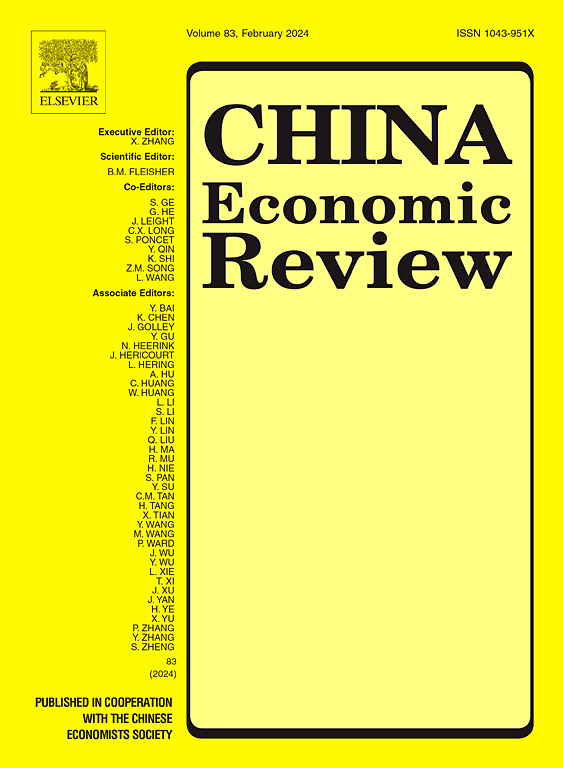充值设计和卫生保健支出:来自心脏支架的证据
IF 5.5
1区 经济学
Q1 ECONOMICS
引用次数: 0
摘要
自2006年以来,台湾的国民健康保险(NHI)覆盖了心脏支架(裸金属支架,BMS)基线治疗的全部费用。尽管如此,它要求患者支付更昂贵的治疗(药物洗脱支架,DES)的差价。在这个“补充”设计中,我们研究了2009年全国健康保险报销率削减26%后医院的反应。与以前没有从支架治疗中获得收入的医院相比,收入更依赖于心脏病患者的医院支架植入的可能性降低了21.2%,每个支架患者BMS的使用增加了0.10或11.9%,但DES的使用没有增加。此外,虽然DES的平均价格对整个样本的费率下调不敏感,但以前更依赖支架患者的小型教学医院提高了DES的价格,因此可以弥补2009-2010年全国医疗保险费率下调造成的至少一半的收入损失。总体而言,尽管一些小型教学医院做出了道德风险调整,但降低费率在减少国民健康保险支出方面是有效的,而没有对患者的预后产生实质性变化。本文章由计算机程序翻译,如有差异,请以英文原文为准。
Top-up design and health care expenditure: Evidence from cardiac stents
Since 2006, Taiwan’s National Health Insurance (NHI) has covered the full cost of baseline treatment in cardiac stents (bare-metal stents, BMS). Still, it requires patients to pay the price difference for more expensive treatment (drug-eluting stents, DES). Within this “top-up” design, we study how hospitals responded to a 26% cut of the NHI reimbursement rate in 2009. In contrast with hospitals with no previous revenue from stent treatment, hospitals that were more revenue-dependent on cardiac patients reduced the likelihood of stent implantation by 21.2%, increased BMS usage per stent patient by 0.10 or 11.9% but not DES usage. Furthermore, while the average DES price remains insensitive to the rate cut across the whole sample, minor teaching hospitals previously more dependent on stent patients increased the DES price and therefore could recoup at least half of the revenue loss from the NHI rate cut in 2009-2010. In general, the rate cut was effective in reducing NHI expenditure without substantial changes in patient outcomes, although some minor teaching hospitals made moral hazard adjustments in response.
求助全文
通过发布文献求助,成功后即可免费获取论文全文。
去求助
来源期刊

中国经济评论
ECONOMICS-
CiteScore
10.60
自引率
4.40%
发文量
380
期刊介绍:
The China Economic Review publishes original works of scholarship which add to the knowledge of the economy of China and to economies as a discipline. We seek, in particular, papers dealing with policy, performance and institutional change. Empirical papers normally use a formal model, a data set, and standard statistical techniques. Submissions are subjected to double-blind peer review.
 求助内容:
求助内容: 应助结果提醒方式:
应助结果提醒方式:


